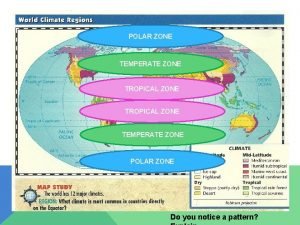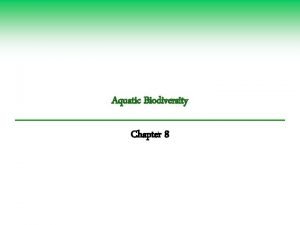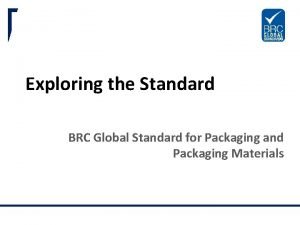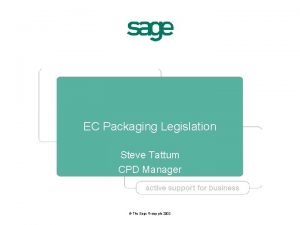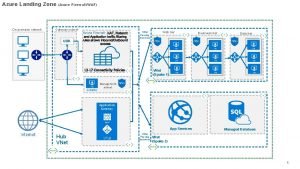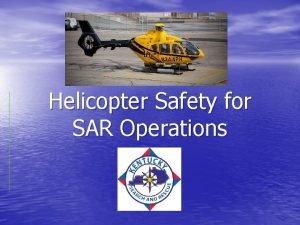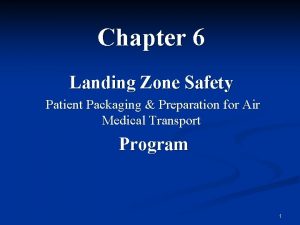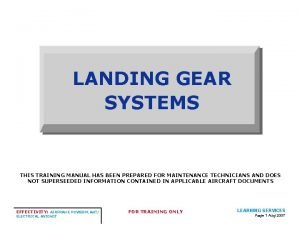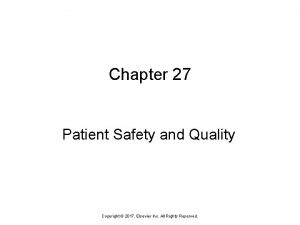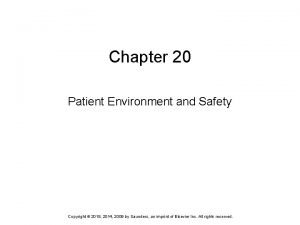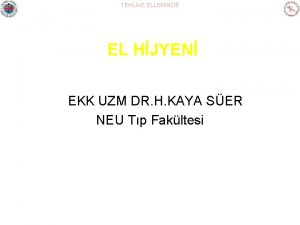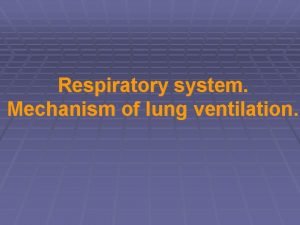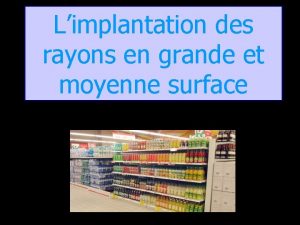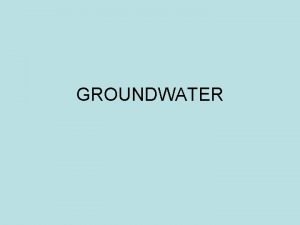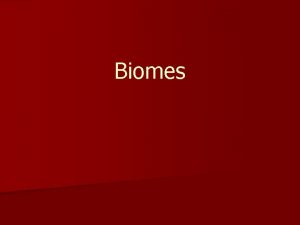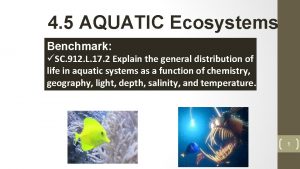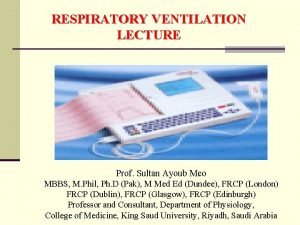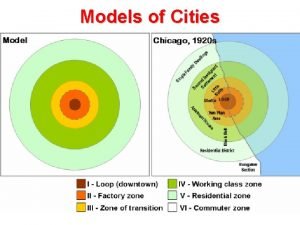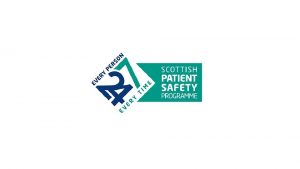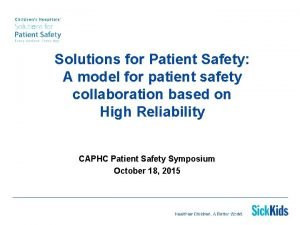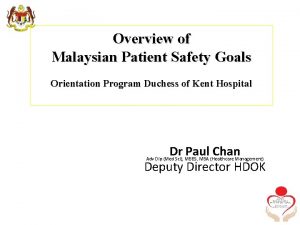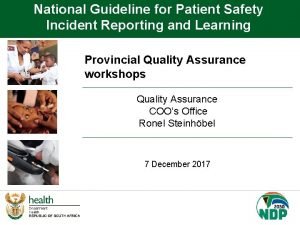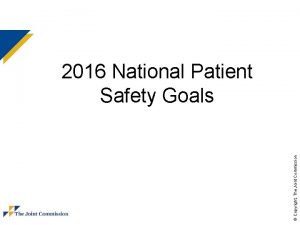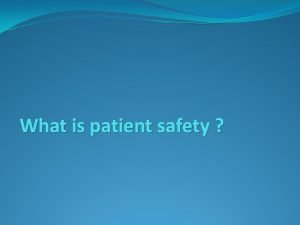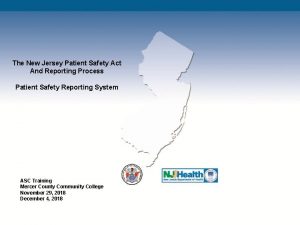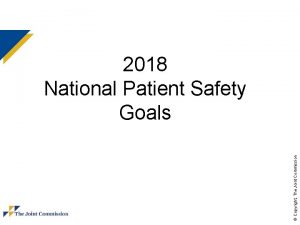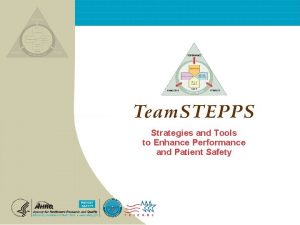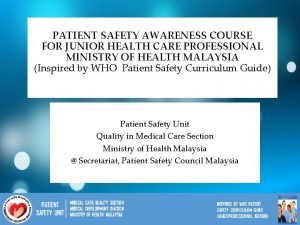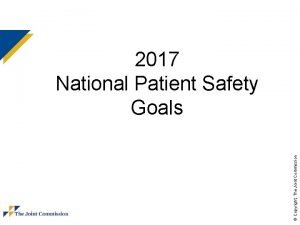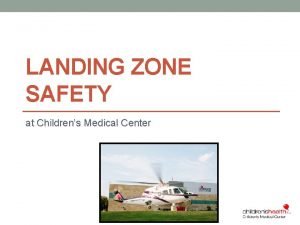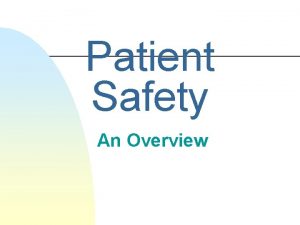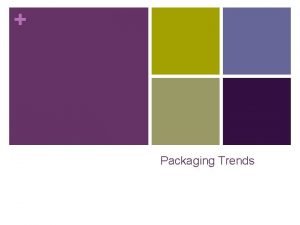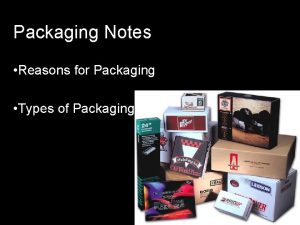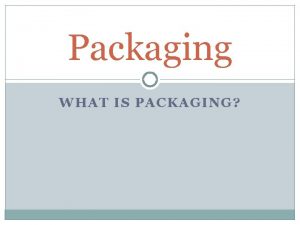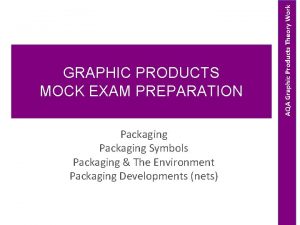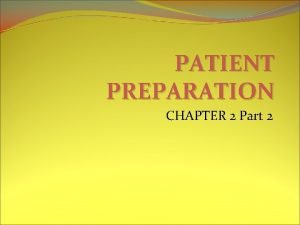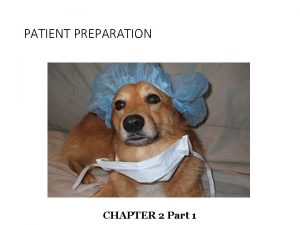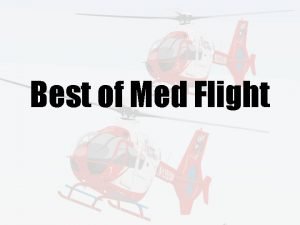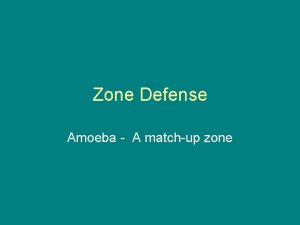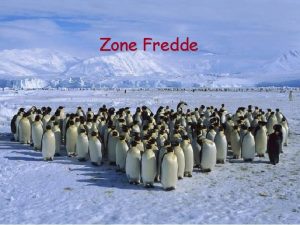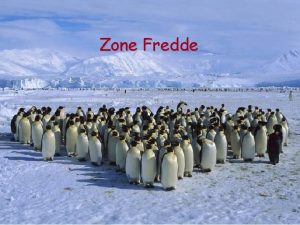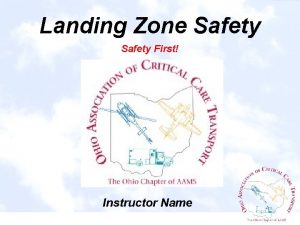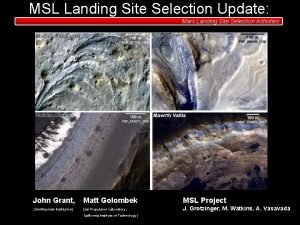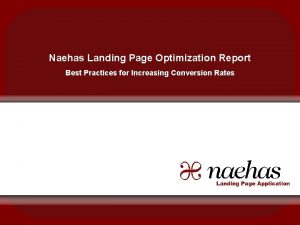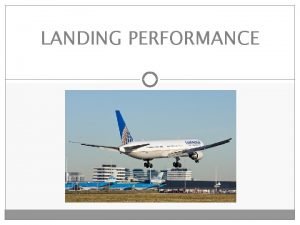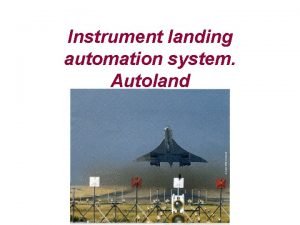Chapter 6 Landing Zone Safety Patient Packaging Preparation







































- Slides: 39

Chapter 6 Landing Zone Safety Patient Packaging & Preparation for Air Medical Transport Program 1

Program Objective To introduce you to the environment of a helicopter so that the safety of the patient, ground crew, and flight crew are assured. Rescuers must contact your local helicopter service for specific details on their operations. 2

History of Air Medical Transport n n n 1940 Helicopter invented by Igor Sikorsky 1952 Korea - Military evacuation of wounded 1960’s Vietnam 1970’s Scattered military use in civilian market 1980’s Air medical industry takes flight 3

BK-117 • Speed: 155 mph • Weight: 7, 385 lbs. Range: 275 nm Max Ceiling: 15 K’ 4

5

6

Before the Mission… § § § Safety Brief Weather Check Equipment Check 7

Dispatch Questions § § § § Is the Scene Safe? Mechanism of Injury? How Many Patients? Do I Need More Help? Designate an LZ Coordinator Provide ground contact information Provide radio frequency Minimal medical information needed 8

Helicopter Locations Around Northeast Ohio 9

Aircraft Dispatch n Designate an LZ Coordinator 1. Requesting agency and caller's name 2. Location of incident: (Street address, Town/City, State, cross streets, latitude/longitude coordinates, if available) 3. Unit number of landing zone coordinator 4. Frequency and PL (channel guard) tone 5. Number of patients and medical info. (If available) 6. Requesting agency's telephone number 10

Landing Zone Selection n Scene n Preferred choice n Shortens overall scene time n Allows the patient to get to definitive care faster n Flight crew can be an additional resource at the scene if needed. 11

Landing Zone Guidelines § § At least 100 x 100 ft. Free of debris Marked with cones and/or lights Note hazards (e. g. wires, towers, trees, etc. ) 12

Landing Zone Selection n Pre-designated LZ n Established prior to the accident n Maintained in a database at dispatch center n Includes GPS coordinates, hazards, & description n May be strategically placed around your community. n May assist aircraft in finding the scene 13

Pre-designated LZ § Address: Geneva State Park 6412 Lake Road West Geneva, Ohio 44041 § Coordinates: N 41° 51. 15 W 080° 59. 08 § LZ Description: Large parking lot, south side of road. Creek tributary just West of LZ. Lake Erie is 200 yards north of LZ § Hazards: Wires on South side of road 14

Landing Zone Preparation n n n Verify area is free of debris & note surface conditions Identify hazards LOOK UP! Mark the landing zone Secure the perimeter Select an LZ Coordinator Wait for the aircraft on the selected frequency 15

Landing Zone Visibility Options n n n Cones Flares Chemical Sticks Strobe Lights Emergency Vehicles (Usually the first thing seen) 16

In the aircraft…. n n Flight crew is making ground contact information from dispatch center. Flight crew will attempt radio contact with ground personnel. 17

Landing Zone Briefing n Direct the aircraft to LZ n n Clock method Landmarks See/Hear the aircraft Landing Zone Brief n Advise surface condition – Slope, soft ground, asphalt, snow, high grass, etc. n n n Gravel is a poor LZ surface Perimeter Markings Overhead Hazards (Power lines, light poles) 18

Clock Method 19

20

Final Approach n n Aircraft calls “on location” One orbit over the scene Charged hose lines are not necessary Wave off 21

Nighttime Approach n n No white lights directed into LZ Perimeter guard is very important Flashing red and blue lights are OK Night Vision Goggles 22

Snow or Dust n n Surface prep Take cover Prolonged hovering is not abnormal Anticipate losing visual contact with helicopter 23

On the ground…. n n n Perimeter guard Hot off load Patient access Aircraft remains running Keep vehicles >50’ from helicopter 24

25

26

Special Loading Considerations. Check with Pilot n n n COLD loading may be utilized at the flight crew’s discretion. Hot Loading Hoisting Flood light ability or FLIR Flight over bodies of water 27

Stokes Basket fits in some types of aircraft 28

Landing Zone Practice Can you describe the landing zones in these pictures? n Can you spot the hazards? n 29

LZ #1: Ground View 30

LZ #2: Ground View 31

LZ #3: Ground View 32

LZ #4: Ground View 33

LZ #5: Ground View 34

LZ #6: Ground View 35

LZ #6: From the Air 36

LZ # 7: From the Air 37

LZ #8: From the Air 38

LZ #9: Ground View 39
 Temperate zone latitude
Temperate zone latitude Intertidal zone neritic zone and oceanic zone
Intertidal zone neritic zone and oceanic zone Source zone transition zone and floodplain zone
Source zone transition zone and floodplain zone Brc packaging
Brc packaging Packaging and packaging waste directive
Packaging and packaging waste directive Azure landing zone tutorial
Azure landing zone tutorial Sar checklist
Sar checklist Azure landing zone considerations
Azure landing zone considerations Landing
Landing A nurse floats to a busy surgical unit
A nurse floats to a busy surgical unit Chapter 20 patient environment and safety
Chapter 20 patient environment and safety Patient 2 patient
Patient 2 patient Different types of admission in hospital
Different types of admission in hospital Patient zone
Patient zone Respiratory system zones
Respiratory system zones Conducting zone respiratory
Conducting zone respiratory Zone chaude et zone froide magasin
Zone chaude et zone froide magasin Water table chart
Water table chart Zone of aeration and zone of saturation
Zone of aeration and zone of saturation Limnetic zone
Limnetic zone Photic zone and aphotic zone venn diagram
Photic zone and aphotic zone venn diagram Minute ventilation normal
Minute ventilation normal Zone 1 and zone 2
Zone 1 and zone 2 Commuter zone concentric zone model
Commuter zone concentric zone model Essentials of safe care
Essentials of safe care Solutions for patient safety bundles
Solutions for patient safety bundles 6 malaysian safety goals
6 malaysian safety goals National patient safety goals 2012
National patient safety goals 2012 Patient safety incident report form
Patient safety incident report form Learn from patient safety events
Learn from patient safety events 2016 national patient safety goals
2016 national patient safety goals History of patient safety
History of patient safety Nj patient safety act
Nj patient safety act Patient sitter algorithm
Patient sitter algorithm Dod patient safety program
Dod patient safety program Q2 national patient safety goals
Q2 national patient safety goals Sue sheridan patient safety
Sue sheridan patient safety 13 malaysian safety goals
13 malaysian safety goals National patient safety goals 2017
National patient safety goals 2017 Patient safety solutions
Patient safety solutions
